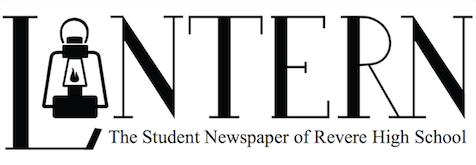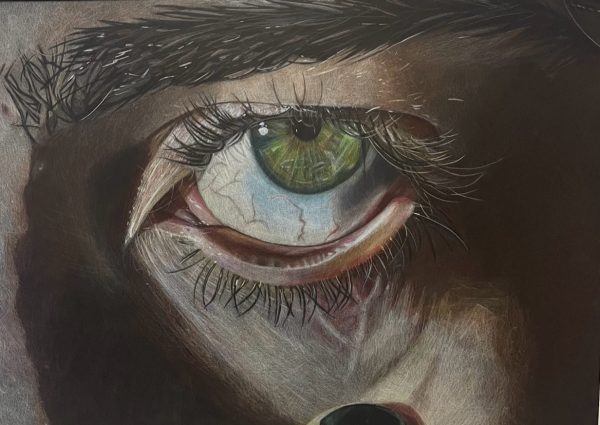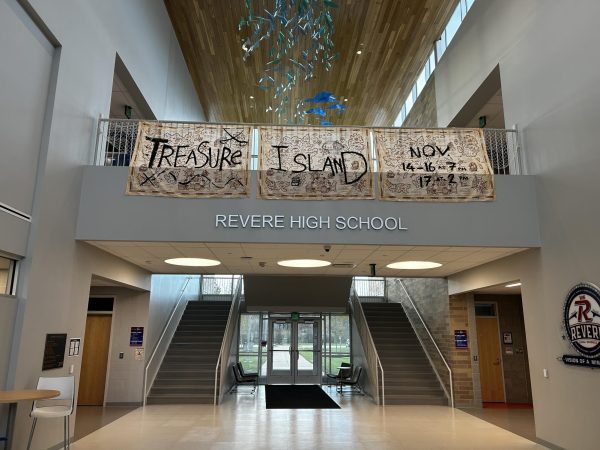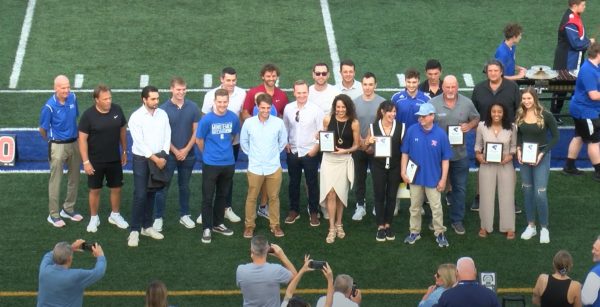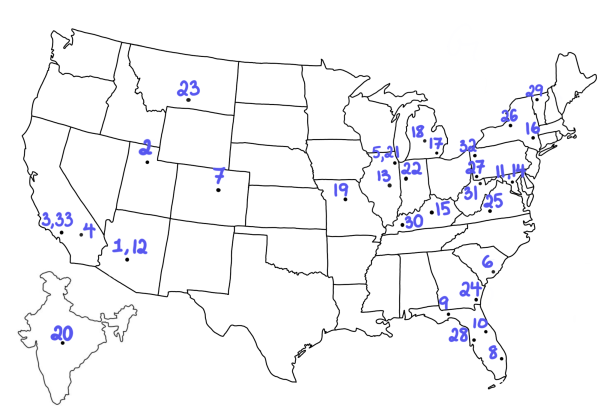‘Ice Bucket Challenge’ goes viral, raises funds for ALS research
As technology progresses, it presents individuals of all ages and backgrounds with new ways to stay connected to one another. Numerous innovations in the world of social media introduce users both to a level of interconnectivity that provides seemingly limitless possibilities. Posting and sharing anything from motivational quotes to unusual cat videos and “selfies,” those using various applications find new ways to express themselves to those following their activities. One such expression, however, is exceeding the bounds of normal popularity to inspire a worldwide movement that is giving new hope to those battling a deadly disease.
Amyotrophic Lateral Sclerosis (ALS), also known as Lou Gehrig’s disease, is a neurodegenerative disease that affects the brain and spinal cord. The motor neurons within these areas deteriorate in ALS patients; therefore, the brain loses its ability to control the movement of one’s muscles, as noted by the ALS Association (ALSA). Patients with ALS tend to struggle with their speech and muscular coordination, making seemingly simple tasks such as walking or standing ultimately impossible. A diagnosis of ALS can appear at any stage in one’s life; however, only twenty percent of patients live more than five years after being diagnosed. Though the disease was originally brought to light in 1939 with the diagnosis of baseball star Lou Gehrig, the public’s awareness regarding the disease was, until recently, minimal. Pete Frates, a 29 year-old ALS patient from Boston, Massachusetts, ultimately changed the public’s view and understanding of ALS when he created the ALS Ice Bucket Challenge.
Supporters from around the globe call on their friends and family to either accept the challenge within a period of twenty-four hours or donate one hundred dollars to the ALSA; however, one can donate any denomination regardless of whether or not he or she accepts the challenge. Some have done both. According to the ALSA’s website, the challenge consists of “people getting doused with buckets of ice water on video, posting that video to social media, then nominating others to do the same, all in an effort to raise ALS awareness.”
Since its creation on July 29, 2014, the Challenge has spread quickly through various social media outlets. According to BBC News, Instagram hosts nearly 3.7 million Challenge-related videos, while Facebook users have posted around 2.4 million related videos. The Challenge has also garnered a large number of celebrity participants, including former President of the United States George W. Bush, Bill Gates, Morgan Freeman, Robert Downey Jr., and Eminem.
Challenged by various people, several of Revere High School’s administrators have accepted the challenge as well. On August 22, 2014, The Revere Local School District’s Superintendent Randy Boroff, RHS principal Phillip King, RHS vice-principal John Evans, and RHS athletic director Bill Conley all participated in the challenge, and asked for Copley High School’s administrators to do the same. Boroff voiced his opinion regarding the significance of the Challenge.
“It is a great way to use social media to create awareness for a very important issue. It was hard to ignore the momentum of the challenge and the experience of participating . . . Our district participates in many community service activities and we were pleased to have the opportunity to participate in the Ice Bucket Challenge and represent Revere on behalf of such an important cause,” Boroff said.
The ALSA will use the donations it receives from those participating in the Challenge to support various efforts that focus on combating the disease. Mary Wheelock, Executive Director of the Northern Ohio Chapter of the ALSA, explained the use of the funds.
“We hope to support patients, advocate and bring awareness to ALS and acquire research. All [of] the work [the ALSA] does is to meet those goals….The Northern Ohio Chapter focuses on patient care and people living with ALS. We provide durable equipment, especially with speech since sometimes ALS patients struggle to speak, and support groups for patients and those living with patients. We also bring in care service coordinators and provide care plans for patients to follow during their treatment,” Wheelock said.
Wheelock added that the increase in the Challenge’s popularity has resulted in the ALSA receiving “more volunteers, [more] companies contacting [them, and] more contributors.” Evans expressed his opinion of the Ice Bucket Challenge and how its popularity has benefited the ALSA.
“I believe the challenge has taken on a life of its own. What started out as one individual doing something to support a friend with ALS, went viral and increased awareness on a global scale,” Evans said.
Wheelock also noted that the ALSA’s Northern Ohio Chapter has an annual operating budget of one million dollars; however, the earnings received from the Ice Bucket Challenge allowed them to reach this goal four months early. She commented that the majority of the money raised goes towards research, as ALS has no known cure, and that the rest of the money will be divided into fulfilling the ALSA’s three-prong mission statement, which believes in research efforts, patient support and increasing public awareness of the disease. She also spoke of the changes in the environment of the ALSA itself since the growth in awareness due to the Ice Bucket Challenge.
“One aspect of the challenge that has no dollar amount is the way it has enacted people to begin to understand. There is no known cause for ALS, yet treatment options are available. People are beginning to understand. [The Ice Bucket Challenge] has given people the ideas of fundraising and being able to understand more about the disease,” Wheelock said.
Since July 29, 2014, the ALS Ice Bucket Challenge has raised 115 million dollars for the ALSA and its efforts. The ASLA hopes to utilize this money to encourage awareness and to increase scientific knowledge of the disease to prevent the affliction of other individuals. Although the Ice Bucket Challenge itself cannot physically cure those affected by the disease, the determination of its participants to raise awareness and find a cure for ALS may bolster the spirits of those battling the condition. When put into perspective, a little bit of ice has gone a very long way.
